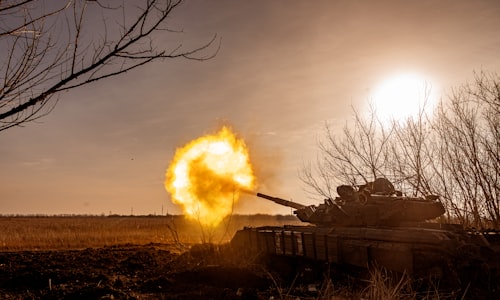War 1812 facts
While investigating facts about War 1812, I found out little known, but curios details like:
The Hawaii state flag has existed in its current form since the islands were a monarchy, and was commissioned by King Kamehameha to resemble both the US and UK flag in order to avoid being dragged by either side into the War of 1812
That, according to the memoir of a former slave, First Lady Dolley Madison did not save the Lansdowne portrait of George Washington from the British burning it during the War of 1812. Rather, a Frenchman and a gardener saved it, while Dolley just ran off with silver.
In my opinion, it is useful to put together a list of the most interesting details from trusted sources that I've come across. Here are 50 of the best facts about War 1812 I managed to collect.
-
Stephen Girard, one of the wealthiest men in American history, personally saved the U.S. government from financial collapse during the War of 1812.
-
During the war of 1812 the patent office clerk threw himself in front of soldiers and successfully convinced them to spare the office, for knowledge benefits the entire world.
-
In the War of 1812 when the British burned Washington D.C., British Admiral George Cockburn had his soldiers burn a newspaper printing house and ordered them to "Be sure that all the 'C's are destroyed, so that the rascals cannot any longer abuse my name."
-
After the British set fire to Washington D.C. during the War Of 1812, a tornado appeared out of nowhere and put out the fire saving Washington D.C.
-
After the War of 1812, America went through the "Era of Good Feelings". During this period America experienced national unity and had only one political party, the Democratic-Republicans.
-
In 1812 Charles Barnard, a captain of an American sealer ship, rescued marooned British sailors from the Falkland Islands despite the 2 countries being at war. While he searched for provisions, the British sailors stole his ship and he himself was marooned for 18 months.
-
The night the British burned the White House to the ground during the War of 1812, they were dispersed and forced to retreat after a giant hurricane sprang up out of nowhere, and then unbelievably a tornado which spun off from the hurricane. British occupation of DC lasted only 26 hours.
-
The Hawaiian state flag looks like both the US and UK flag because King Kamehameha wanted it to appeal to both sides during the War of 1812
-
In the War of 1812, the British invaded Washington DC and burned down the White House and Capitol Building. The next day a tornado and storm lifted away two canons, killed troops, and damaged ships. The British retreated.
-
During the burning of Washington D.C., in the War of 1812, a tornado formed in the middle of the city and headed toward Capitol Hill killing British soldiers and destroying cannons. After the rains that came with the tornado put out the flames the British decided to leave the city.

What is true about war 1812?
You can easily fact check it by examining the linked well-known sources.
After the White House was burned during the War of 1812, President James Madison spent the rest of his time as president living and conducting business from The Octagon House, which he rented for about $500
The Merikins: US slaves that fought for the British during the War of 1812, in exchange for freedom and land. They settled in Trinidad, where the name "Americans" was shortened to "Merikins" - source
Doubleday's grandfather was a veteran of the Revolutionary War and his father served in the War of 1812.
The U.S. believed that once the war started that Canadians would be on their side instead the Canadians repelled the Americans and held their ground.
The Northwest Indian Confederation, which was allied with the British in the War of 1812, was the biggest loser in the Treaty of Ghent. The British made a lackluster effort to negotiate for an Indian buffer state, but when the American diplomats flatly refused, they quickly gave up on the idea.
During the war of 1812, British troops burned Washington DC, including the White House, in retaliation for American troops destroying private property in Canada. The United Kingdom is the only country to have ever burned Washington DC.
The Battle of New Orleans—A huge battle in the War of 1812 that made Andrew Jackson famous—happened 2 weeks after the war’s end because news of the treaty arrived too late. The war was a draw, but news of this battle and the treaty spread at the same time, so most Americans thought they had won.
The War of 1812 is only seen as a war in its own right by Canada and the United States, in Europe it is seen as a theatre of the Napoleonic wars.
The Duke of Wellington was offered command of British forces in North America during the war of 1812 but turned it down on account of the British lacking superiority on the great lakes which he saw as a prerequisite to victory. This refusal meant he stayed in Europe to face Napoleon at Waterloo.
More soldiers died during the War of 1812 from disease than from battle.
1,600 British soldiers died in action and 3,670 were wounded. Another 3,321 British died from other causes related to the war, including disease. These numbers do not include Native American deaths or Canadian deaths.